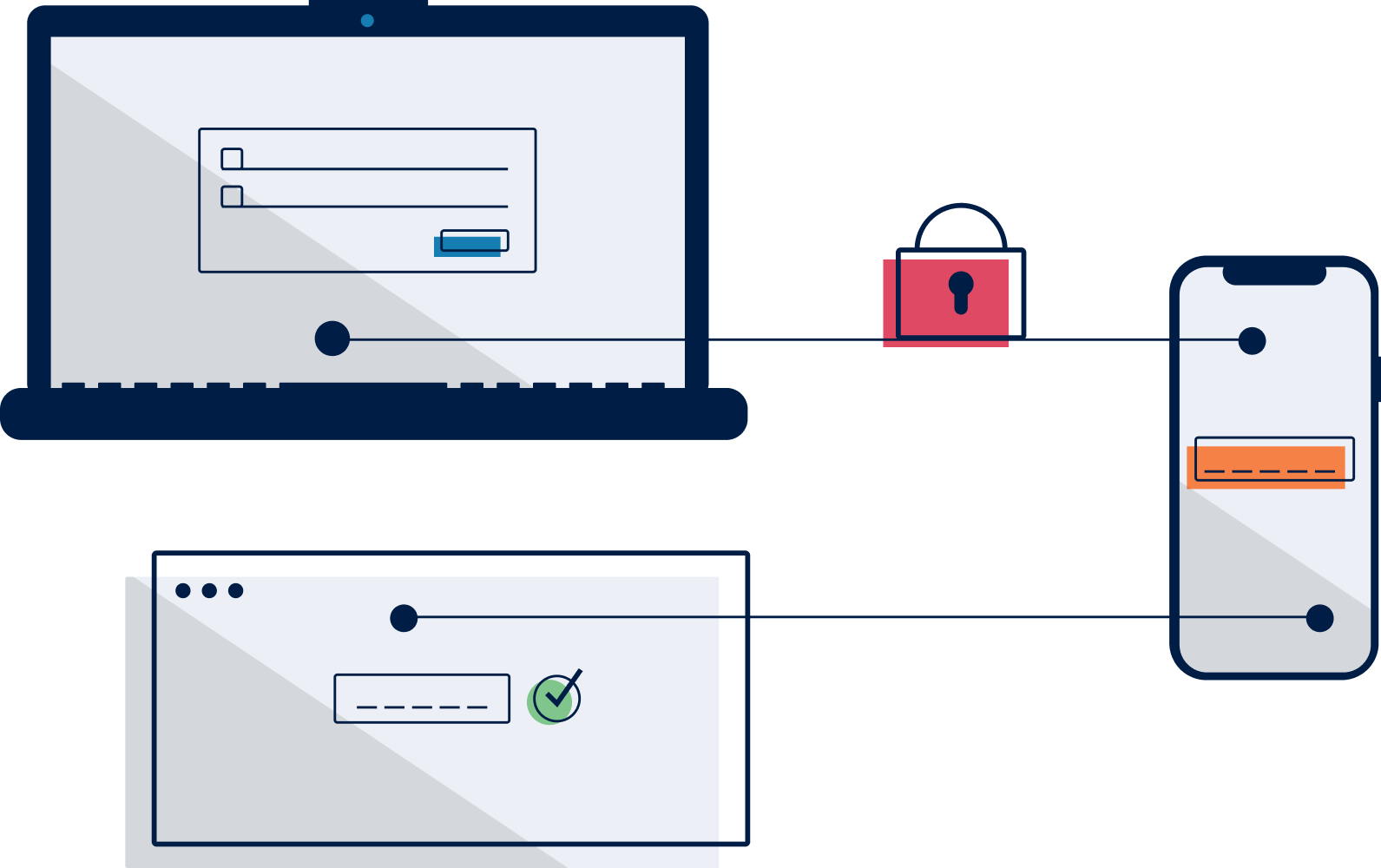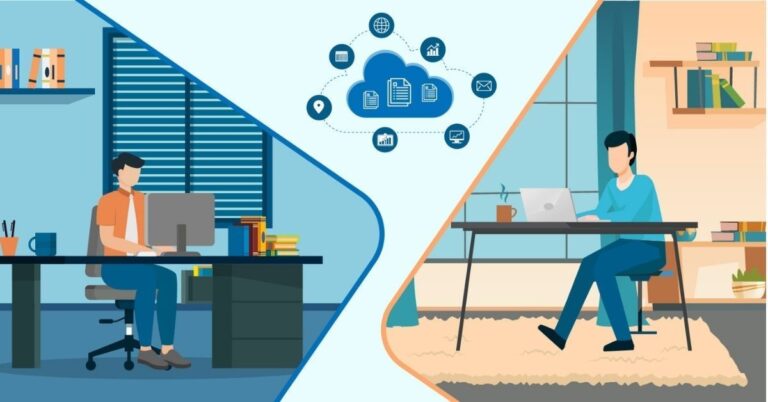How Two-Factor Authentication Can Protect Your Financial Accounts
In today’s digital age, the convenience of online banking, mobile payments, and financial management apps has made accessing and controlling your money easier than ever. However, with this convenience comes increased vulnerability to cyber threats such as phishing, identity theft, and account hacking.
One powerful tool to help safeguard your financial accounts is two-factor authentication (2FA). This extra layer of security has become essential in protecting sensitive information, especially regarding your finances.
What is Two-Factor Authentication (2FA)?
Two-factor authentication, also known simply as 2FA, is a security method that requires users to provide two forms of identification before accessing an account or completing a transaction. It adds a second layer of verification beyond just a username and password. This extra step makes it much harder for cybercriminals to gain unauthorized access to your accounts, even if they know your password.
When 2FA is enabled, it requires two of these elements to verify your identity. For example, after entering your password (something you know), you may be prompted to enter a one-time code sent to your phone (something you have) or scan your fingerprint (something you are).
Industries like online casinos have also embraced two-factor authentication (2FA) as a key security measure to protect users’ accounts and sensitive information. With the rise of online gambling like FanDuel Blackjack and online casinos, where financial transactions and personal data are frequently processed, ensuring the safety of user accounts is paramount.
How Two-Factor Authentication Protects Financial Accounts
Financial accounts are especially attractive targets for hackers because they provide direct access to your money. The good news is that enabling two-factor authentication on your financial accounts significantly reduces the risk of unauthorized access. Here’s how 2FA protects you:
Adds an Extra Layer of Defense
The most obvious benefit of 2FA is that it adds a second layer of defense beyond just a password. Even if a hacker obtains your login credentials, they would still need access to the second factor—your phone, a security token, or biometric data—to break into your account. This dramatically reduces the chances of a successful attack.
For instance, if you use 2FA for online banking, you might be required to enter a one-time code sent to your smartphone after entering your username and password. Without access to your phone, a cybercriminal could not complete the login process, even with your password.
Thwarts Phishing Attempts
Phishing attacks often aim to trick users into providing their login credentials by imitating legitimate websites or emails. Even if you mistakenly provide your password to a phishing site, 2FA can protect you. The hacker would still need the second factor, which they typically wouldn’t have access to.
Additionally, some banks and financial institutions use 2FA methods that tie the verification process to a specific device, such as sending a code to your phone or requiring a fingerprint. These methods make it nearly impossible for a hacker to access your account through phishing alone.
Prevents Account Takeovers in Case of Data Breaches
Two-factor authentication serves as a critical safeguard in the event of a data breach that exposes usernames and passwords. Many cybercriminals try to use stolen credentials from one site on other platforms, a method known as credential stuffing. However, if 2FA protects your financial account, these attackers won’t be able to log in without the second authentication factor, even if they have your password.
For example, if a hacker gains access to your email and password from a breached social media account, they won’t be able to use those same credentials to access your bank account if 2FA is enabled.
Protects Against Keylogging and Malware
Keylogging software, which records keystrokes on your device, is another common tool cybercriminals use to steal passwords. With 2FA, even if your password is stolen via keylogging, the attacker still needs access to your second factor to complete the attack.
Furthermore, if your device is infected with malware, which can also capture sensitive information like passwords, 2FA adds a layer of security that helps to mitigate the damage.
Secures Mobile Banking and Payments
With the rise of mobile banking and digital payment platforms, it’s become easier than ever for people to manage their finances from their smartphones. However, this convenience also comes with increased security risks. Fortunately, most major banking apps and payment platforms (such as PayPal, Venmo, and Google Pay) offer 2FA as an option.
When using mobile banking or online payments, 2FA helps ensure that only you can authorize transactions, even if someone else gains access to your mobile device or account credentials.
Final Words
Two-factor authentication is a powerful tool for protecting financial accounts from unauthorized access and cyberattacks. In today’s online landscape, where cyber threats are more prevalent than ever, enabling 2FA is critical in safeguarding your financial well-being. Consulting with Orange County IT support can help you implement robust two-factor authentication systems effectively. Take a few minutes to enable two-factor authentication on your financial accounts today and enjoy the peace of mind of knowing your money and personal information are better protected.
Take a few minutes to enable two-factor authentication on your financial accounts today and enjoy the peace of mind of knowing your money and personal information are better protected.







